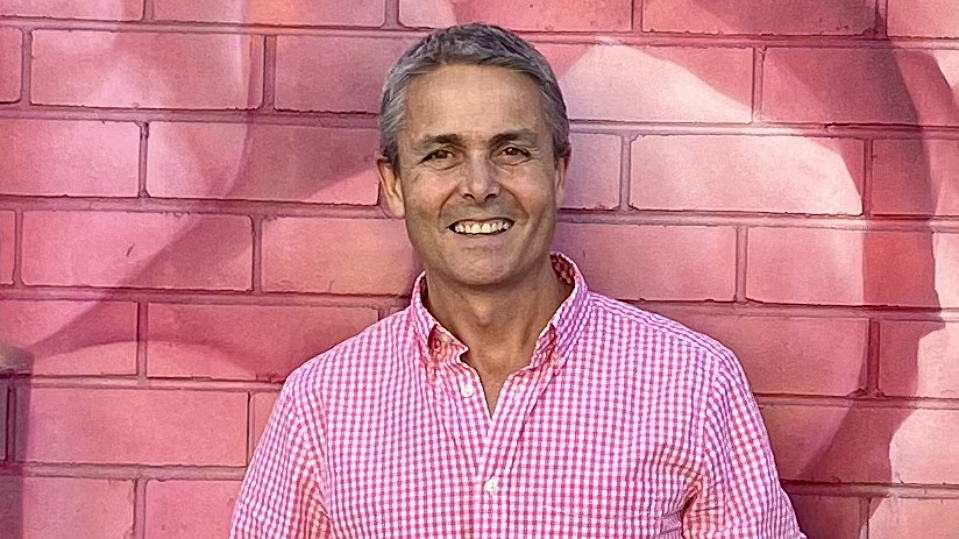
Joan Kirner’s legacy lives on as emerging leaders graduate
Posted on 26 Nov 2025
A roll call of Victoria’s brightest future leaders has graduated from a testing and inspiring…
Posted on 12 Sep 2024
By Matthew Schulz, journalist, Institute of Community Directors Australia

Fundraising experts say that better understanding donors’ attitudes to the community sector will go a long way towards boosting vital income.

Weeks after the release of the landmark Community Compass report into public attitudes to the community sector, leading fundraisers who have examined the report say not-for-profits should use the intelligence in the study to improve their fundraising by adjusting their messaging for different attitudinal groups.
The study separated the Australian public into six attitudinal groups in terms of their views about the community sector, which ranged from the most supportive “enthusiastic engaged” to the largely disconnected “indifferent uninvolved”.
In many cases those attitudinal groups match demographic markers such as age, education, income, political persuasions, interests and location.
Fundraising Institute Australia’s chief executive, Katherine Raskob, welcomed the publication of Community Compass for its contribution to advancing best-practice fundraising.

“The report’s segmentation of Australian community engagement provides invaluable insights for tailored fundraising strategies, highlighting both opportunities and challenges,” Ms Raskob said.
She said the FIA was “encouraged by the widespread support for community organisations and the potential to mobilise greater public contributions despite existing barriers”, suggesting that the strong base of support for the sector should temper the effect of tough economic conditions.

“It is worth doing the assessment, using these categories to understand who your donors really are."

GiveNow executive director Cathy Truong, speaking at a “Finding Funding” webinar for ICDA’s Not-for-profit Finance Week, said she believed there were many lessons in Community Compass for not-for-profit fundraisers and argued that not properly segmenting fundraising was “doing your organisation a disservice”.
“Once you can genuinely identify who your supporters are, this report is brilliant at helping you to understand the values, attitudes, patterns of media consumption and key messages that they respond to. This then helps you to tailor your message to these groups,” Ms Truong said.
She said NFP fundraisers should be aware of different supporters’ varying capacity and inclination to give, and should be familiar with donors who were able to give more, as well as those dyed-in-the-wool donors who “will stick with you regardless."
Ms Truong said too many fundraisers targeted only that last segment when pitching their case, at the expense of others.
“Reading this report made me realise that so often we talk to donors as though they are the ‘Enthusiastic Engaged’ group.
“When we think of donors, we want them all to be this profile. We draft so much of our planning around this sort of supporter in mind – the gold-standard supporter who is a true believer in the value of your organisation and will do whatever they can to support you. And our default style of communication messaging is so often drafted with this profile in mind.”
But she said fundraisers needed to be more sophisticated than that.
“It is quite possible that in reality your supporter base ranges across different profiles and this report helps to define more realistically the categories of supporters of community organisations.”
Organisations should be able to define their supporter base across the six categories, she said.
“It is worth doing the assessment, using these categories to understand who your donors really are.
“It is quite possible that your organisation has attracted a certain profile of donor as a reflection of the type of service you offer, the history of your organisation, the leadership team or even your geographic location.”
She said the report also enabled organisations that had carefully segmented their supporters to understand the values, attitudes, patterns of media consumption and key messages they were most likely respond to.
“This then helps you to tailor your message to these groups,” she said.
Ms Truong said that for a long-standing welfare organisation, for example, a large part of the donor base might be “active traditionalists”.
“If so, this report suggests that your fundraising messages should focus on how your organisation has an impact on the ground.”
She said the message might be that you’re seeking greater government assistance, or that the funding needs to fill a government “funding gap”. That segment is less likely to be concerned about or engaged in political advocacy work.
In contrast, a community health service might be supported largely by “isolated believers”.
“Those supporters are likely to value safety and security above all else, and may be keen to how to hear from you can provide this for them, rather than ‘amazing’ stories of communities far away from their reality,” Ms Truong said.
She said the report even provided suggestions on which traditional and social media channels each segment was likely to use.
She also drew attention to figures that showed up to one-third of Australians wanted to help more in their communities but were unsure how.
“This is a call-out to your team to be bold and proud in asking for support. It not only solves a resourcing problem for you, but it can fill the gap in others’ lives too.”

In a detailed helpsheet she wrote for the Institute of Community Directors Australia, fundraising strategist Catherine Brooks said Community Compass could help organisations to “unlock additional support … whether that means additional volunteering hours, more knowledge and guidance to increase your impact, or increased funding”.
She said organisations could use the report’s findings to increase the number of supporters defined as “Enthusiastic Engaged” and she listed practical steps organisations could take to cultivate existing supporters and encourage new ones.
And she said groups could employ segmentation to encourage supporters to include them in their will.
Ms Brooks said community organisations should attach Community Compass to the papers for their next board meeting.
Help sheet: Community Compass shows new directions for fundraising
Watch more free webinars from NFP Finance Week
Fundraising resources on the Funding Centre
Proof we've got to do more for the community sector
Reaction to the Community Compass from NFP sector
Study reveals what Australians really think of the community sector
Comment: “Whatever your attitude towards community groups, one day you’re going to need them”
Finding a new north: reflections on the Community Compass report

Posted on 26 Nov 2025
A roll call of Victoria’s brightest future leaders has graduated from a testing and inspiring…

Posted on 12 Nov 2025
At the Institute of Community Directors Australia, we believe that stronger communities make a…

Posted on 12 Nov 2025
Like many Community Directors members, Hazel Westbury is a community leader who isn’t easily…

Posted on 11 Nov 2025
I’ve seen what happens when fear of conflict wins out over taking a principled stand.

Posted on 11 Nov 2025
‘It’s not a question of enough, pal. It’s a zero-sum game. Somebody wins and somebody loses’.

Posted on 11 Nov 2025
Progressive economic Richard Denniss believes the constant hunt by governments for the political…

Posted on 10 Nov 2025
Federal Labor MP Sarah Witty, who was elected this year in the seat of Melbourne in a nail-biting…

Posted on 21 Oct 2025
An artificial intelligence tool to help not-for-profits and charities craft stronger grant…

Posted on 21 Oct 2025
Artificial intelligence (AI) is becoming an essential tool for not-for-profits seeking to win…

Posted on 21 Oct 2025
Funders and the not-for-profits (NFPs) they work with should treat artificial intelligence (AI) as…

Posted on 15 Oct 2025
As a middle-aged white guy, Dennis Banfield sure has his work cut out for him convincing people…

Posted on 15 Oct 2025
Not-for-profits (NFPs) seeking to stand out in a competitive funding environment must be clear…